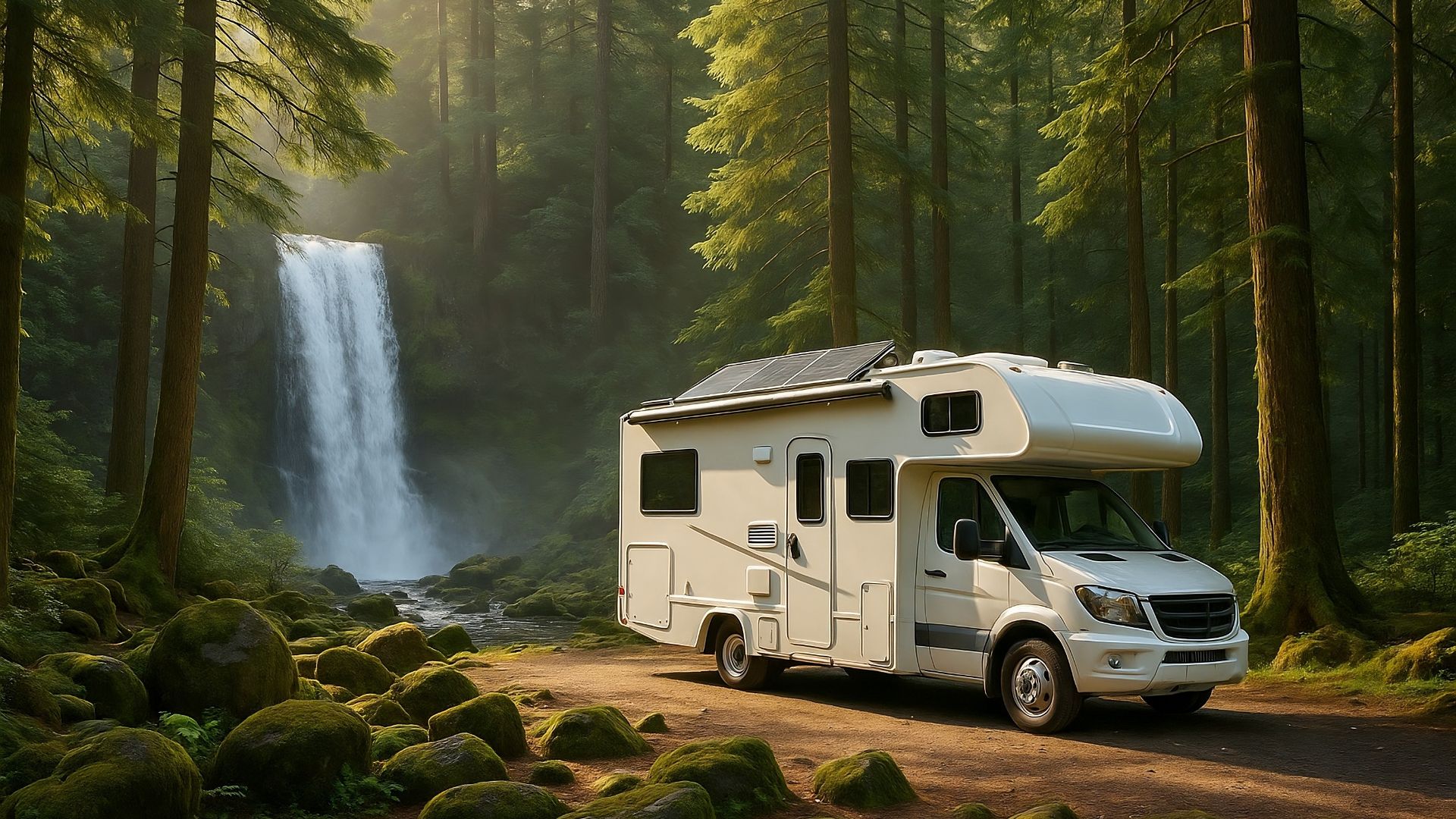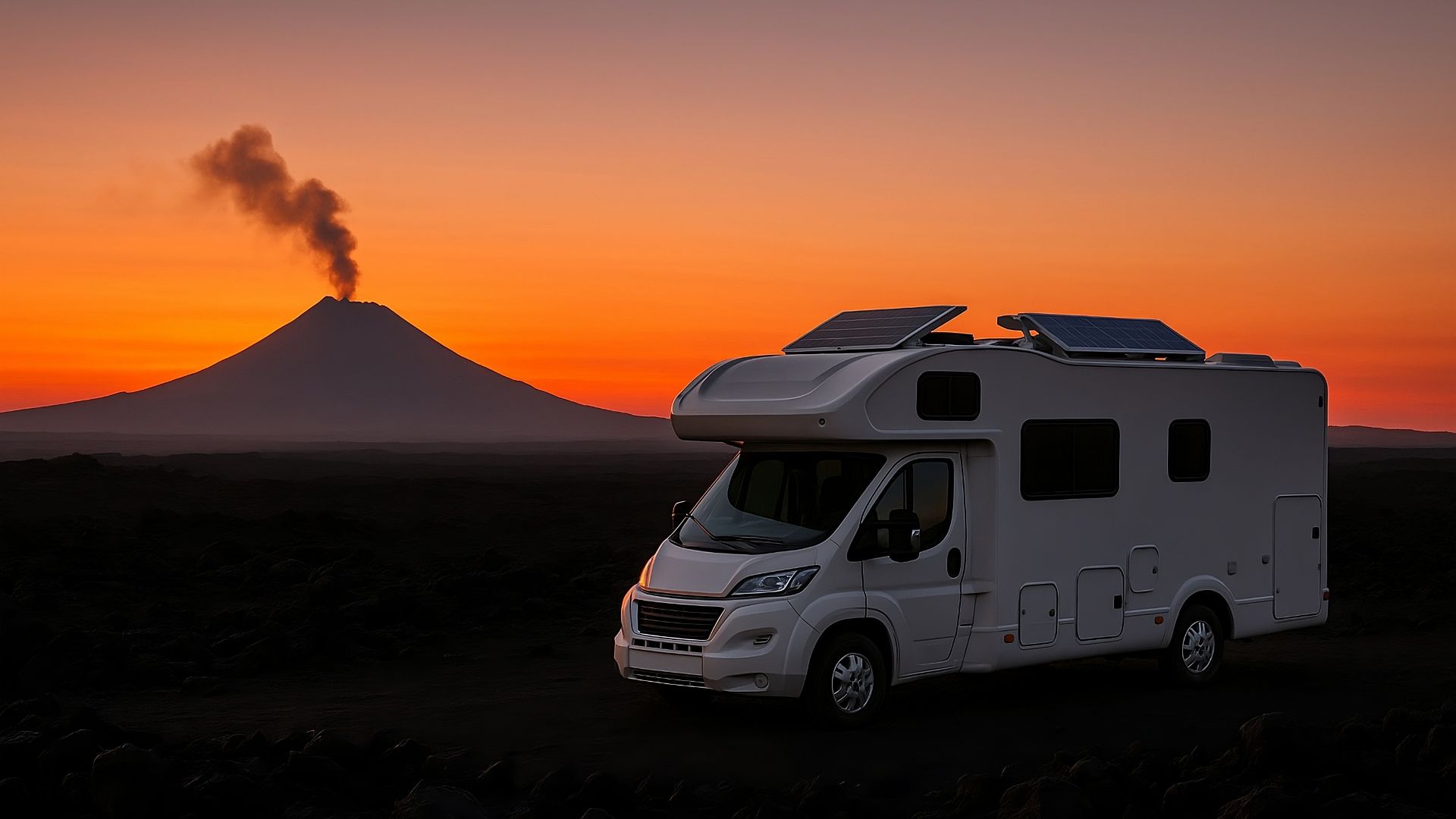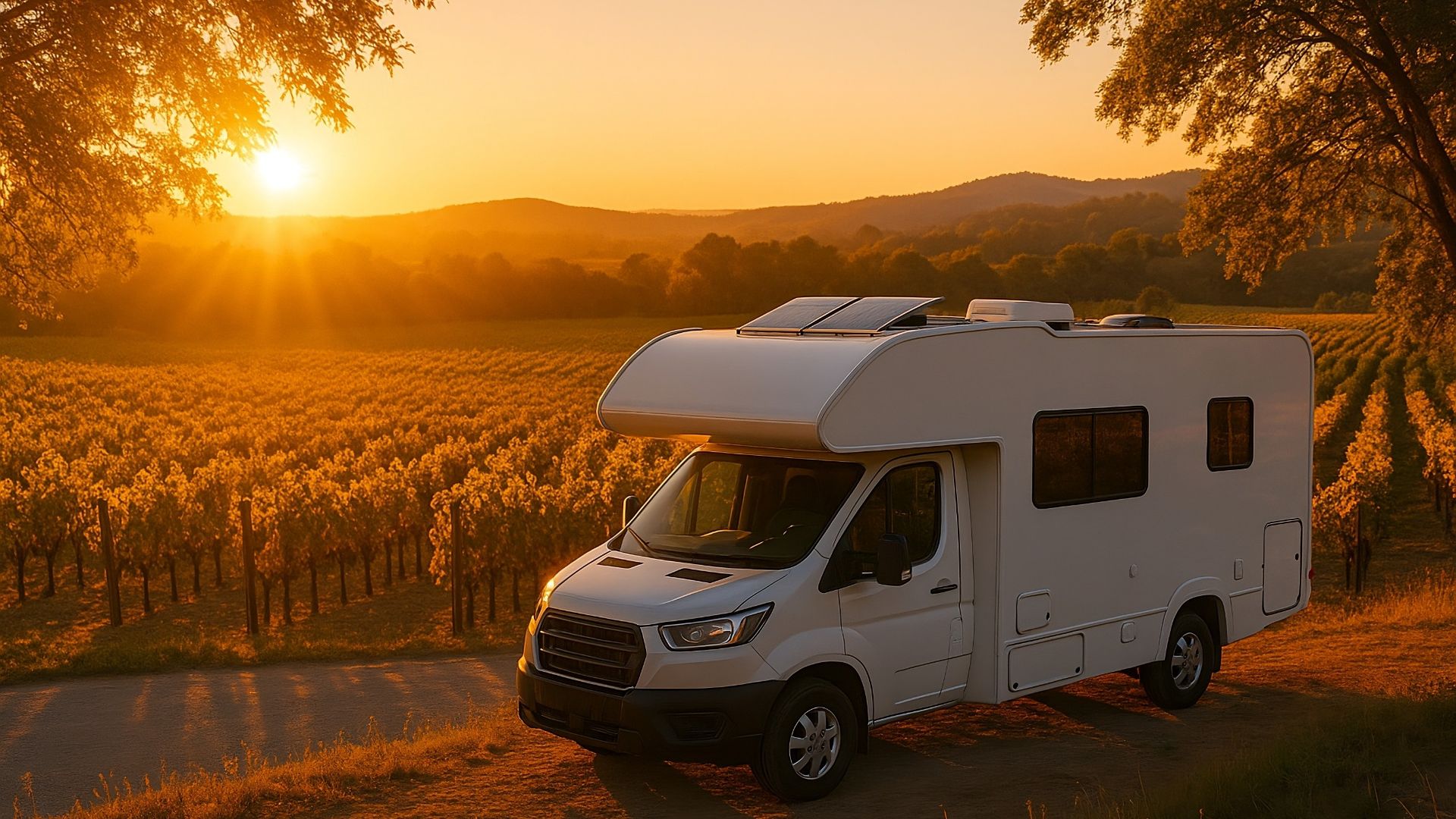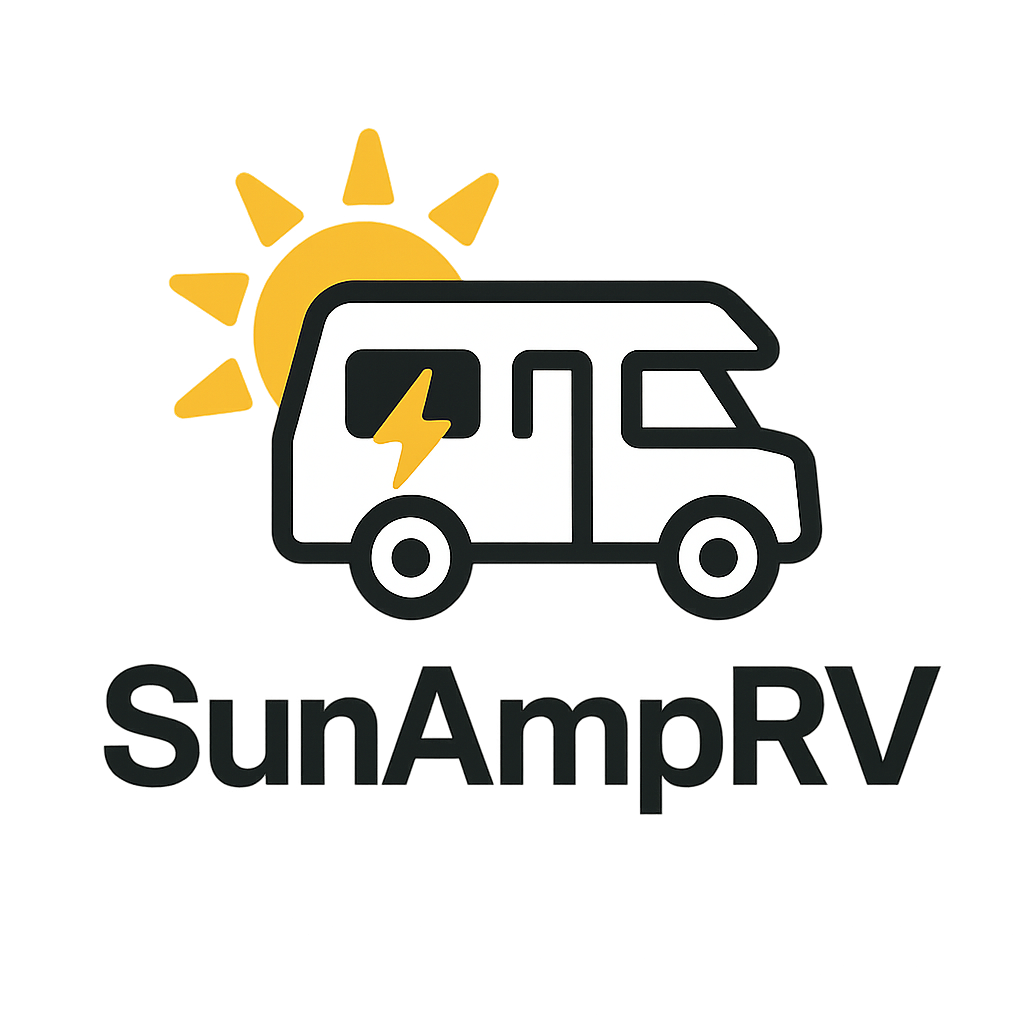
Harnessing solar power for your RV is a game-changer, offering freedom and sustainability. However, setting up an RV solar system requires a good understanding of your energy needs and how to calculate them effectively. This guide will walk you through using an RV solar calculator and converting watts to amp-hours, ensuring you have all the information needed for a successful solar setup.
Understanding RV Solar Calculators
RV solar calculators are essential tools that help you determine the size and components of your solar system. They take into account various factors such as energy consumption, available sunlight, and panel efficiency. By inputting your daily energy usage and location, the calculator provides estimates for the number of solar panels and battery capacity needed.
How to Use an RV Solar Calculator
- Assess Your Energy Needs: List all appliances and electronic devices you plan to use in your RV.
- Calculate Total Watt-Hours: Multiply the wattage of each device by the number of hours you plan to use them daily.
- Input Data Into Calculator: Use an online RV solar calculator to input your total daily watt-hours and location.
- Review Recommendations: The calculator will suggest the number of solar panels and battery capacity required.
Converting Watts to Amp-Hours
Understanding the conversion from watts to amp-hours is crucial for sizing your battery bank. This conversion helps you determine how long your batteries can power your devices.

Conversion Formula
- Know the Basics: Watts (W) = Volts (V) × Amps (A)
- Convert Watts to Amp-Hours (Ah): Use the formula: Ah = Watts ÷ Voltage. For instance, if you have a 100-watt device running on a 12-volt system, it uses approximately 8.33 amp-hours (100W ÷ 12V = 8.33Ah).
- Calculate Battery Needs: Determine the total amp-hours required daily and size your battery bank accordingly. Consider using high-quality batteries like Battle Born 100 Ah 12 V LiFePO4 Deep Cycle RV Battery.
Choosing the Right Solar Components
Selecting the right components for your RV solar setup is essential to ensure efficiency and reliability.
Solar Panels
- Choose panels based on efficiency, durability, and size. Consider Renogy 200 W 12 V Monocrystalline Solar Starter Kit for a reliable option.
Charge Controllers
- A quality charge controller manages the power from your panels to your batteries. The Victron SmartSolar MPPT 100 V 30 A Charge Controller is a top choice for many RV enthusiasts.
Portable Power Stations
- For additional flexibility, portable power stations like the Jackery Explorer 1000 Plus 2000 Wh Portable Power Station offer a convenient way to store and use solar energy on the go.
Step-by-Step Installation Guide
- Plan Your Setup: Determine the placement of solar panels and components.
- Mount Solar Panels: Secure panels to the roof of your RV using mounts and brackets.
- Install Charge Controller: Connect the controller between the panels and battery to regulate power flow.
- Wire the System: Use appropriate gauge wires to connect components, ensuring all connections are secure.
- Install Batteries: Place batteries in a secure, ventilated area. Connect them to the charge controller.
- Test the System: Turn on the system and check if all components operate correctly.
Conclusion
Setting up an RV solar system is a worthwhile investment, offering sustainable and independent power. By understanding how to use an RV solar calculator and convert watts to amp-hours, you can design a system that meets your needs perfectly. Don’t forget to choose reliable components and follow proper installation steps to ensure your setup is effective and durable.
For those looking to expand their solar capabilities, consider portable options like the EcoFlow DELTA Max 2016 Wh Solar Generator or the Zamp 140 W Portable Folding Solar Panel Kit for flexibility on the road.

